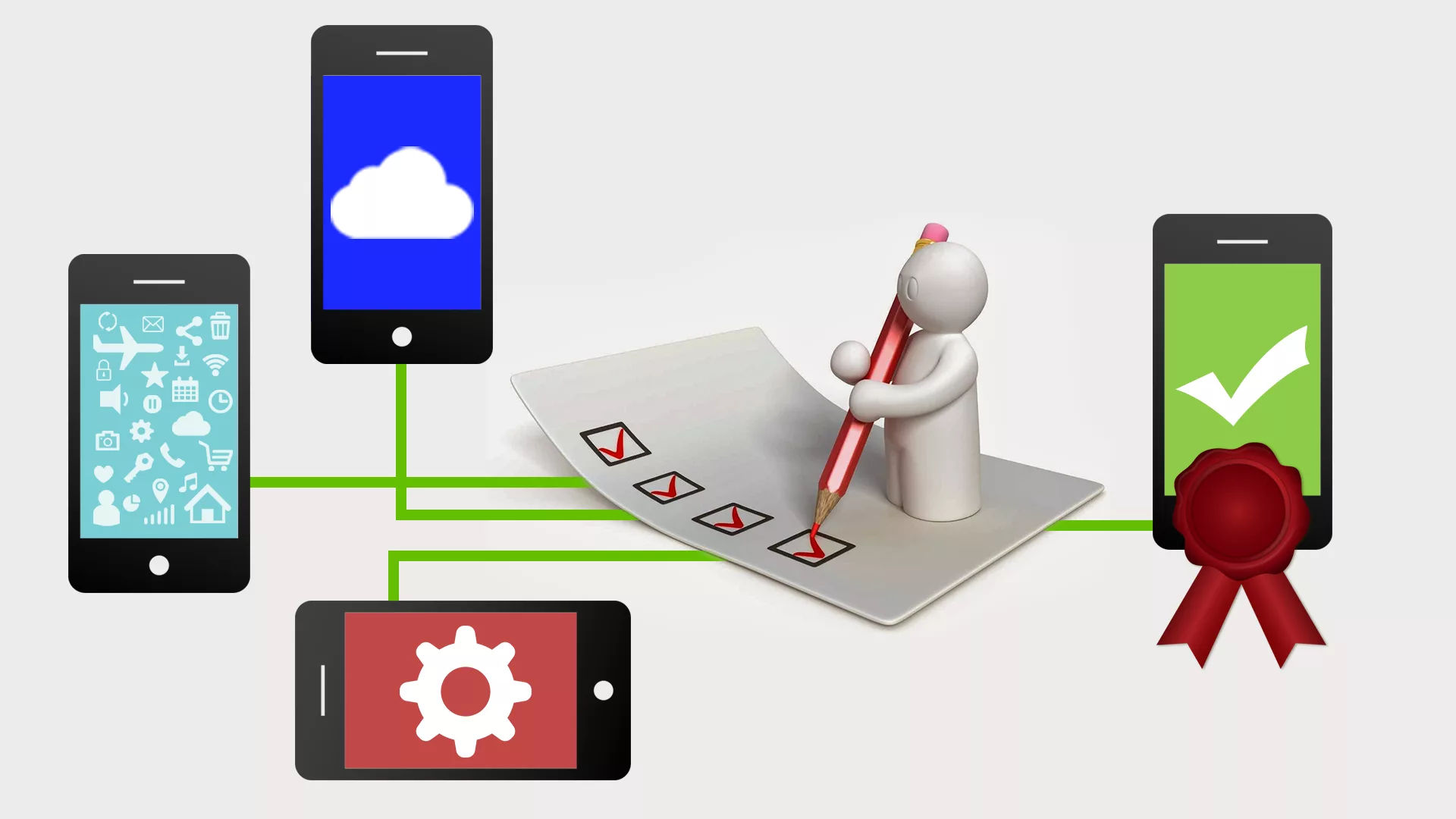Almost half of existing corporations, including small ones, have a unique mobile app now. One-third of them plan to do so in the future. If you are among the latest types of business people, you should know beforehand all the steps of the development of any mobile application. This will help you achieve a high level of product integrity, as well as optimize the process of developing it, shorten the time of entering the market and save financial investment. Their number depends on the complexity of business logic and integration, but the basic steps of the algorithm remain unchanged.
The first steps in creating a mobile application
First, you have to work out a strategy for the future product: what it will be, what kind of audience it will be used by, and you have yet to decide on the technologies that will constitute its basis. You should:
- Define the goals and objectives of your program.
- Identify the target audience.
- Learn the field of competitors.
- Choose a platform between iOS and Android.
The final stage is the most important one because of the demands that the audience puts on the product depending on the platform.
Next, you will fill in the design phase, during which you will first assemble a team of specialists, including a project manager, a business analyst, a chosen platform developer, an internal developer, an UI/UX designer and quality control engineers. When a strong and intelligent team is formed, it must begin its immediate design. At this step, it is important for you to create an application architecture, choose the design of the user interface, including specification of fonts, sizes, styles of elements and their content. Finally, the clickable prototype will be the result.
You have to remind yourself that once you get the result, the design work doesn’t end. The designer will also accompany the design team during the development step to explain to these specialists some of their incomprehensible issues in logic and structure and find a compromise between what is simply beautiful and what is truly replicable. The designer also has to check the final product for its compliance with the design and the idea.
Development, testing and market entry

The architecture of the program is that its developers create depending on the functional requirements, which include audience orientation and the volume of so-called business logic. Among the main architectural versions, there are MVP, MVVM, Viper and Redux.
There are two general methods for configuring the server part. First, it is SaaS, which uses components such as Firebase, AWS Mobile Hub, CloudKit, Kinvey, syntax analysis, and Rest API for the MVP base application. Second, it’s a user server. It is the best option if you predict that new future features and users will expand your mobile application.
You should also select the frameworks, libraries and ready-made solutions to be used in a timely manner. If necessary, your team will participate in the development of the API and this will allow you to interact with third-party software.
The ready-made version of your organization should be immediately tested in the issue of usability, compatibility, security, user interface and performance. The final step in this process is the release of the product to the market. However, you should keep in mind the regular and timely upgrade of the application in the future.
Once shipped to the Apple App Store, your product will undergo complete verification, which can take days to months. As for Google Play, here, it can be made available only a few hours after sending. Once on the market, you should regularly monitor trends and update features to meet the needs of the target audience and process user feedback for future improvements and upgrades.
All these steps help developers to create a high quality and personalized mobile application that will perform its main task perfectly, which is to achieve the client’s business goals and satisfy the target audience.


